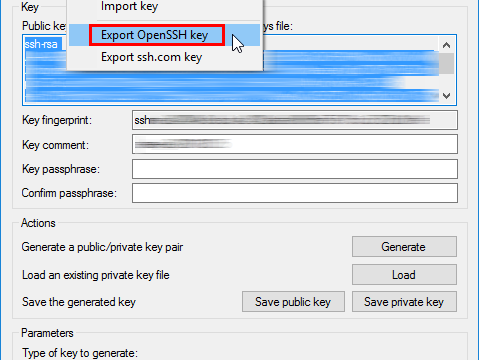During the upcoming AWS re:INVENT 2017 conference in Las Vegas (Nov. 27th – Dec. 1st), Amazon is going to present a major change to its cloud offering, one with enormous ramifications! Yes, you read that right—and yes, that exclamation mark is fully justified.




